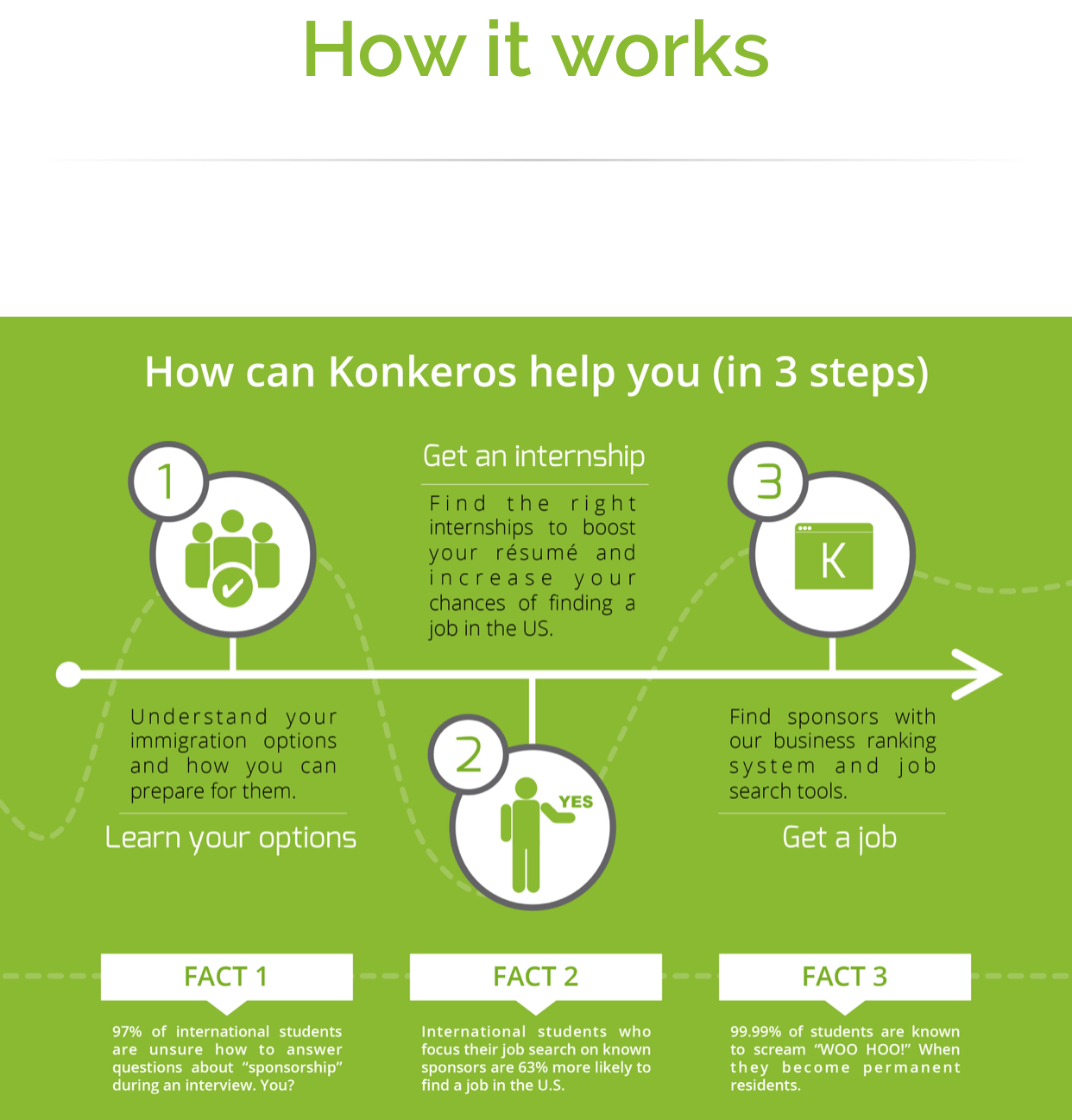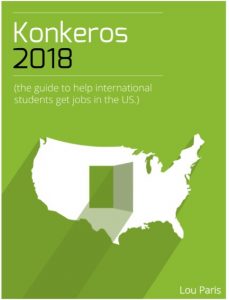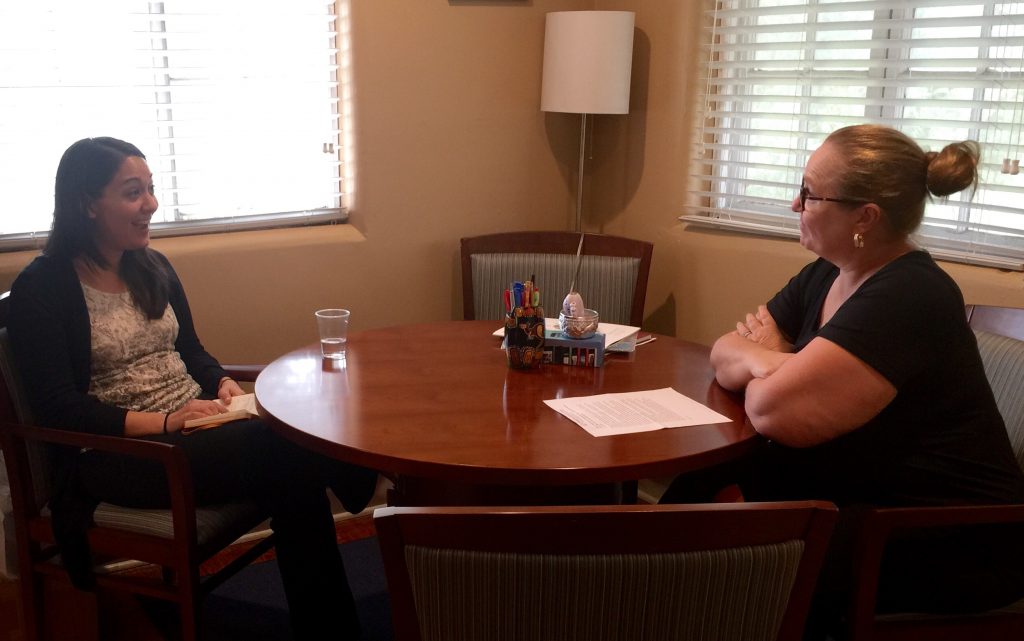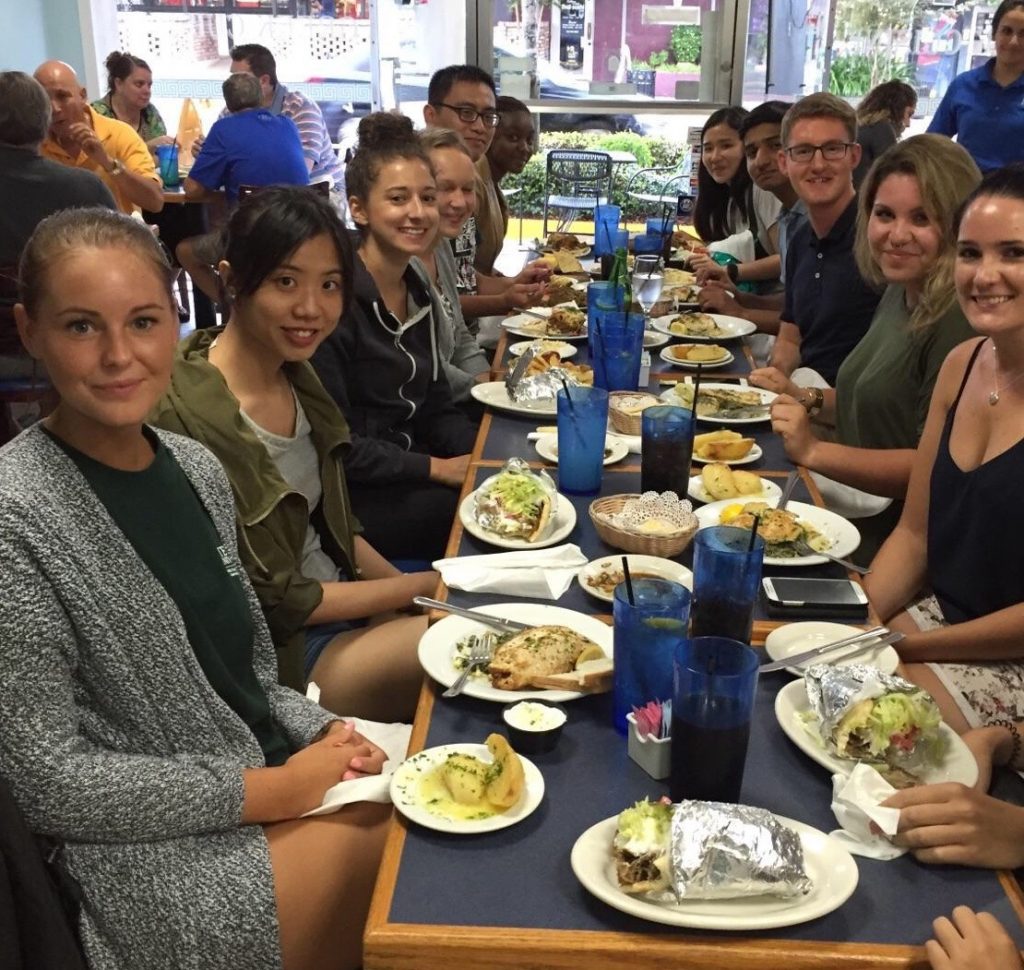For almost a year, Roxanne Lewis of WORLD: The Rinker Center for International Learning, has been discussing Peace Day events at Stetson University. Together with Lindsey Graves of the Interfaith Initiatives and Kevin Winchell of the Center for Community Engagement, they executed a full day of activities aimed at examining ideals and threats to peace. Here’s a recap of our inaugural Peace Day event.
Ringing the Hollis Center Bell for Peace — 10 a.m.
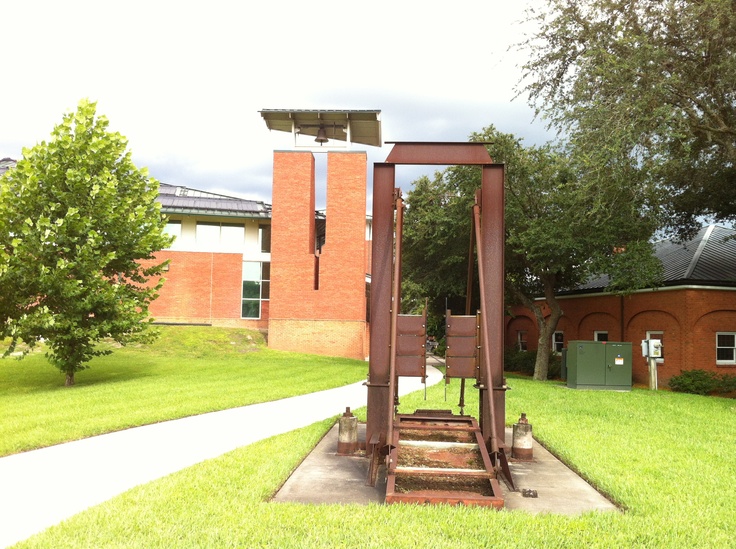
United Nations International Day of Peace at Stetson University kicked off with a ringing of the Peace Bell in the same spirit that the U.N. heralds peace each year. The Hollis Center bell rang 10 times, once for each continent and once for each of Stetson University’s campuses and centers.
Qi Gong with Sensei Morris Sullivan — 10:30-11 a.m. | Hulley Tower
Sensei Morris Sullivan led a group of participants through the traditional practice of Qigong (Chi Kung), a form of martial art or medical or spiritual engagement. Participants learned basic traditional movements that integrated physical postures, breathing techniques, and focused intentions. Qigong expands and moves life-force/energy, Qi (pronounced chee), throughout the body. Surprisingly simple to do, the Qigong exercise generated much interest in Sensei Sullivan’s Thai Chi sessions offered in the Hollis Center each week.
Ball Pit/Labyrinth Walk — 11 a.m.-2 p.m. | Palm Court/Hulley Tower
#PeaceDay2017 Ball Pit conversation @StetsonU pic.twitter.com/9Oerk3s7lW
— Brown Center FIE (@browncenter_su) September 21, 2017
A ball pit was assembled to encourage conversation and self-exploration. Participants took turns settling into the pit and selected a ball with printed questions to be used as conversation starters. Questions ranged in scope from “What is your favorite holiday and why?” to “What is the one worldwide issue that has to be fixed first?” One enthusiastic participant declared the ball pit experience was “a highlight of her time at Stetson so far!” One administrator posted on Facebbok , “Today, I spent 10 minutes in the ball pit with these awesome humans…I did not want to get out of the pool. It felt like such a loving and safe refuge in our crazy world.”
Peace Wall — Throughout the day | Multiple venues

An 8×4-foot Peace Wall was created by the Stetson community to represent the community’s desire to live and work in a place of peace. Students, faculty, and staff were encouraged to leave a message of peace on the plywood wall. The Peace Wall will be on display at WORLD, the Cross-Cultural Center, and the Office of Religious and Spiritual Life on a rotating basis between 8:00 a.m. and 4:30 p.m. Monday through Friday. Drop by to view it and add your peace message.
Lunch + Conversations: Cultivating Personal Peace, Conflict Resolution, and Women in Peace and Conflict — 12-1 p.m. | Conrad Hall
#PeaceDay2017 Lunch+Conversation @StetsonU pic.twitter.com/btcSDOlleN
— Brown Center FIE (@browncenter_su) September 21, 2017
Participants enjoyed a catered lunch and facilitated conversations on one of three topics. Sensei Morris Sullivan led Cultivating Personal Peace, Kevin Winchell facilitated Conflict Resolution, and Amber Finnicum-Simmon led Women in Peace and Conflict. Almost 50 students and staff engaged in passionate, provoking, and respectful discussion on emotionally-charged topics. Students grappled with concepts that challenged values and worldviews. This event attracted the largest crowd of the day’s events.
Four Directions Ceremony with Stetson’s Organization for Native American Revitalization (SONAR) — 1:15-1:45 p.m. | Sorority Row Gazebo
Stetson’s SONAR conducted a traditional Four Directions Ceremony. As decedents of Native American tribes, SONAR students invited participants to form a circle which is symbolic of the world. They asked for blessing and peace from the four cardinal directions — East, South, West and North — and from Father Sky and Mother Earth. The ceremony is a ritual clearing bad spirits and evil and a call for peace and security. One participant said she felt this program was “deeply spiritual, authentically executed and extremely well presented”.
Meditation Flash Mob with Stetson’s Mindful Meditation Club — 5:30-6 p.m. | Stetson Green
At 5:30 p.m., Stetson’s Meditation Club took over Green with a Meditation Flash Mob. Club members posed cross-legged or in prone positions on the ground and began a mass meditation session. Passersby were encouraged to join. The event emphasized the importance of personal peace and wellbeing and highlighted a growing group of students engaged in consistent practice of serenity.
A Call to Action: Waging Peace — 6-7:30 p.m. | Rinker Welcome Center

The culminating event of Peace Day 2017 featured a five-person panel on pressing issues of Peace – personal, global and in daily work. Panelists agreed that peace is requires hard work from engaged, motivated people. Following the presentations, participants recorded how Stetson community members foster and grow peace. Ideas collected will be integrated into programming by WORLD, Interfaith Initiatives, and the Center for Community Engagement. Panelists included Jora Young, retired staff at The Nature Conservancy; and from Stetson University: John Richardson, public safety officer and U.S. Military Veteran; Eman Fathallah, Fulbright Scholar of Arabic and instructor of Arabic; Maxwell Droznin, AmeriCorps VISTA and community engagement coordinator; Kevin Winchell, associate director of community engagement; and moderator Rajni Shankar-Brown, associate professor of education and Jessie Ball duPont Chair of Social Justice.
Peace Day 2017 occurs at a great time because on September 26, 2017, we will celebrate and examine our core values during Values Day. We are excited about welcoming our keynote speaker, acclaimed author and media entrepreneur Irshad Manji to discuss “The Diversity Dilemma“.
A number of activities counted as Cultural Credit events.
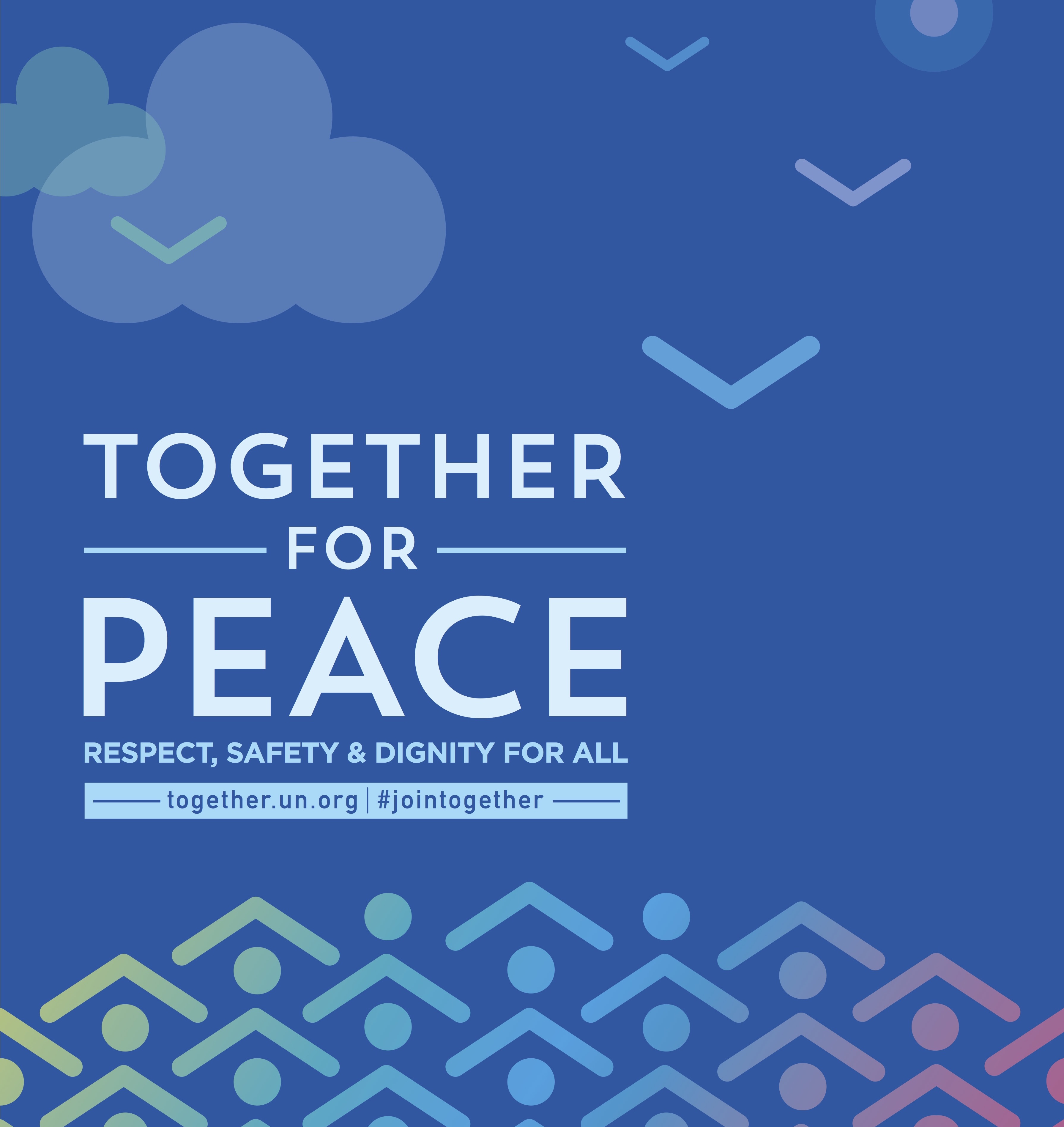 Annually, International Peace Day is observed across the globe on September 21. The General Assembly declared that date as a day devoted to strengthening the ideals of peace, both within and among nations and peoples. For more on Peace Day at Stetson, contact Roxanne Lewis, international student and scholar services coordinator at WORLD: The Rinker Center for International Learning.
Annually, International Peace Day is observed across the globe on September 21. The General Assembly declared that date as a day devoted to strengthening the ideals of peace, both within and among nations and peoples. For more on Peace Day at Stetson, contact Roxanne Lewis, international student and scholar services coordinator at WORLD: The Rinker Center for International Learning.





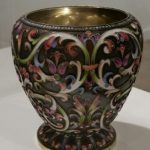



 Hurricane Irma has disrupted classes and other University functions.
Hurricane Irma has disrupted classes and other University functions. 